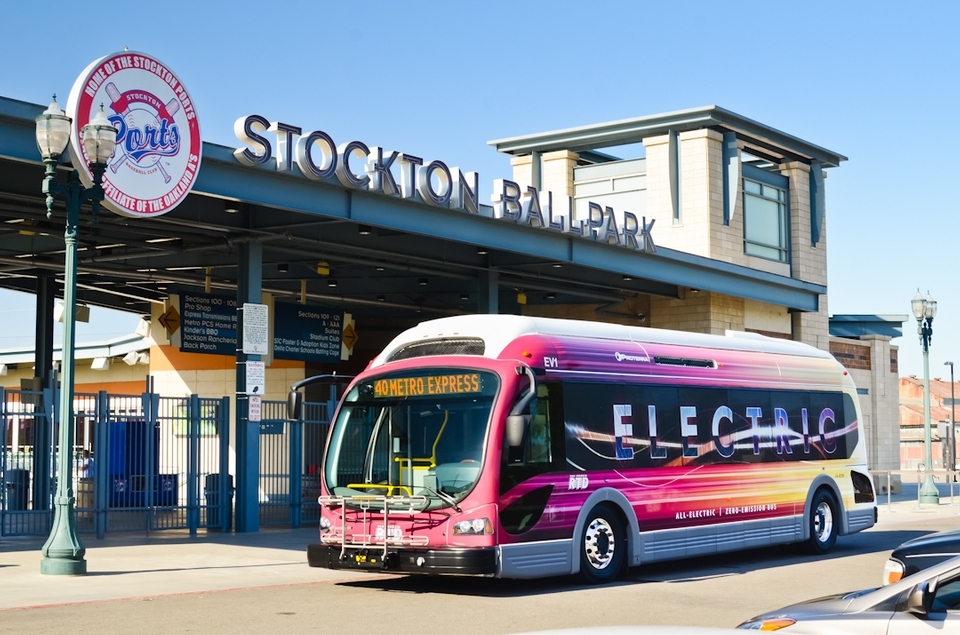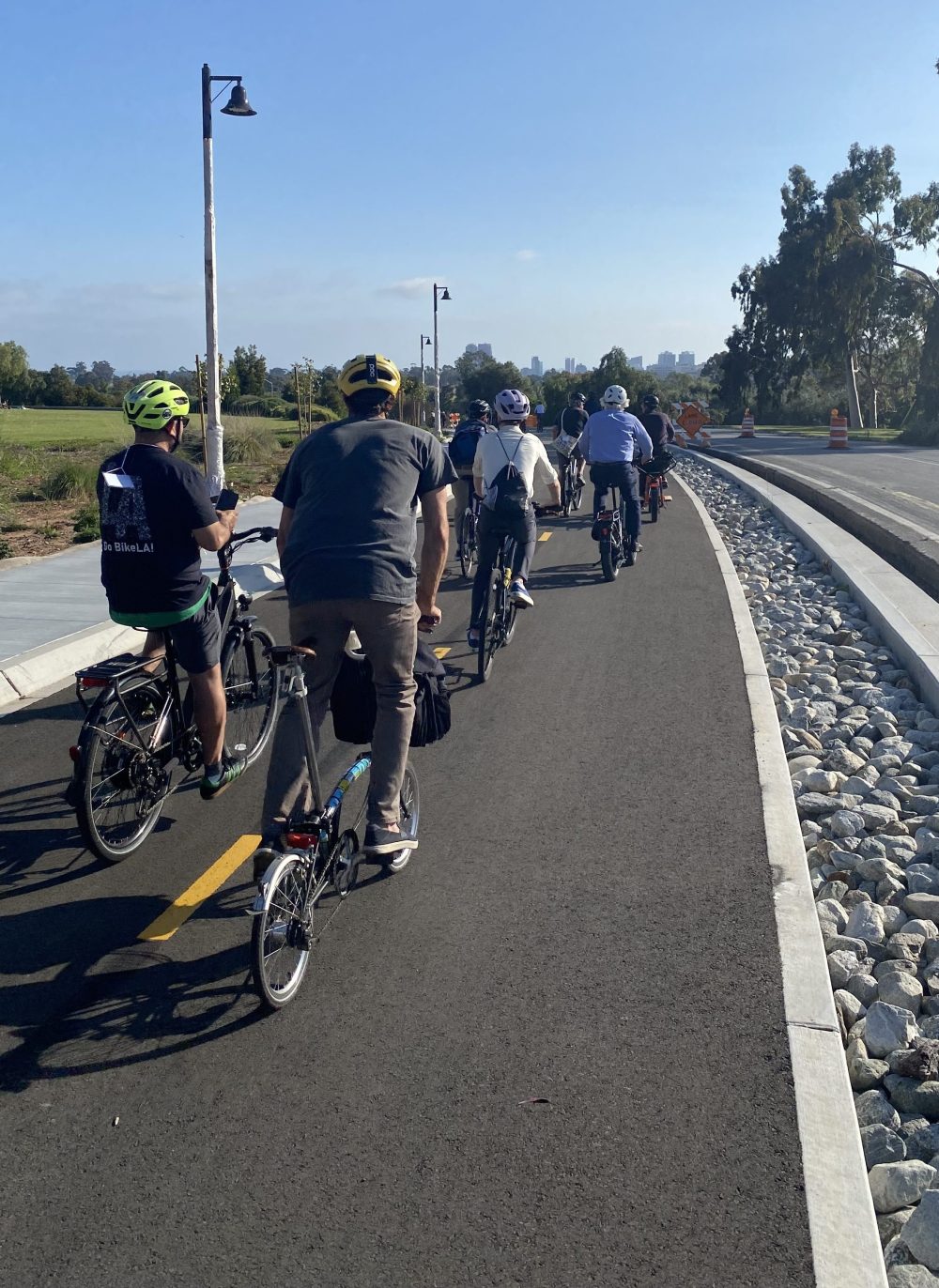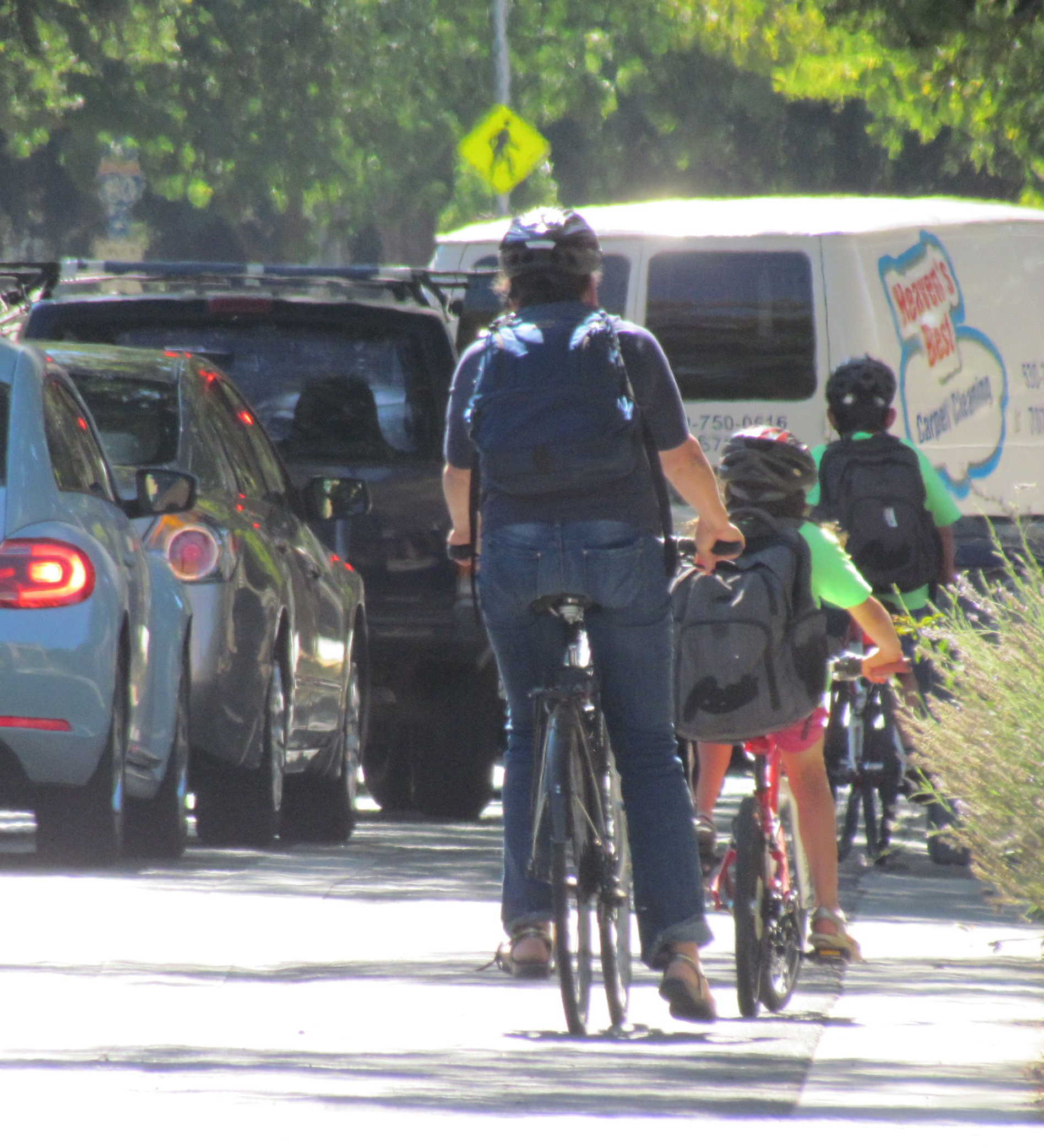The California Public Utilities Commission (CPUC) today approved a plan for several of its big utility companies to invest $738 million in electric vehicle charging infrastructure.
The investments complement the recently approved plan by the California Air Resources Board to use money from the VW settlement fund to replace heavy-duty diesel vehicles with electrically powered trucks and buses. The utility company investments will supply the charging stations for some of those new clean-energy replacement vehicles.
All told, these recently approved investments come to more than a billion dollars--and the payoff, in terms of energy and money savings, is expected to be huge.
While other states are proposing pilot programs and making plans for electric infrastructure, “there is nothing at the scale of what's happening in California,” said Max Baumhefner, a senior attorney with the Natural Resources Defense Council. “This is a seminal moment for California clean energy.”
The plan approved today was one outcome of S.B. 350, the climate and clean energy bill from Senator de León in 2015. That bill set goals for half of California's energy sources to be renewable and to double fuel efficiency in the state by 2030. It also directed the CPUC to support and accelerate widespread electrification of the transportation sector, which is one of the major sources of emissions in California.
The approved plan is for:
- Southern California Edison to invest $342 million in 870 charging facilities for medium and heavy-duty trucks and buses
- Pacific Gas & Electric to invest $269 million in infrastructure for 700 charging facilities for buses and medium- and heavy-duty trucks, plus another $22 million on fast-charging stations for passenger vehicles
- San Diego Gas & Electric to invest $142 million in up to 60,000 electric vehicle stations equipment for single family and small multi-unit homes
A minimum of 25 percent of the investments will benefit disadvantaged communities.
S.B. 350 was ambitious. Legislators had wanted more--they tried to include a goal of halving the state's fossil fuel consumption--but met heavy resistance from oil companies, whose lobbying efforts ultimately held sway.
Nevertheless, the more it can electrify its transportation sector, the closer California will move towards cutting its dependence on fossil fuels anyway. S.B. 350 also aimed to help the state meet federally mandated air quality standards as well as California equity and carbon emissions reductions goals.
“When you add all that up,” said Baumhefner, “it means you need to plug in everything that moves, and a lot that doesn't.”
These early investments will also likely save California consumers money in the long run. Earthjustice attorney Adrian Martinez points out in his post, here, that more than a hundred new battery-electric vehicle models are expected to be introduced in the next few years, and analysts predict they may soon be cheaper than gas-powered cars--as soon as 2025. That's not very far away.
These investments in charging infrastructure can also save money for everyone by lowering energy costs. For example, San Diego's home-based charging stations will offer dynamic rates that take into account grid conditions—whether there is an excess of wind or solar power, for example--and change prices accordingly. That will allow customers to charge vehicles when energy prices are lower.
“In doing so, they essentially lower the cost of integrating [wind and solar] resources,” said Baumhefner, because there is no need to store or waste available energy--it can be sold immediately to consumers. “You can't control when the sun shines or when the wind blows," said Baumhefner. "But cars are parked for hours at a time, and charging can be set to happen when the rates are lowest. You can get a lot of value out of supporting the grid just from managing the timing and rate of power usage,” he said.
In addition, “when you electrify transportation, you're taking billions of dollars that would otherwise go to oil companies and using it to pay for the electric grid we've already built” but haven't completely paid for. “Because you can charge cars when there's excess capacity on the grid, it actually costs less to charge them than whatever money you're bringing into the system at that time.”
“You're improving the utilization of the big asset we already bought, which is the electrical grid,” he said. And the savings to customers over time is much more than you would get by reducing the price of each kilowatt hour of energy.
The public health benefits are also large, especially from electrifying medium and heavy duty vehicles. Not only do trucks pollute more than smaller vehicles, they tend to affect some communities more than others—ones located near ports or freight facilities, for example, or near freeways.
The Earthjustice post discusses the impact of these investments on communities that have been hit the hardest by transportation emissions.
Follow Streetsblog California on Twitter @StreetsblogCal





